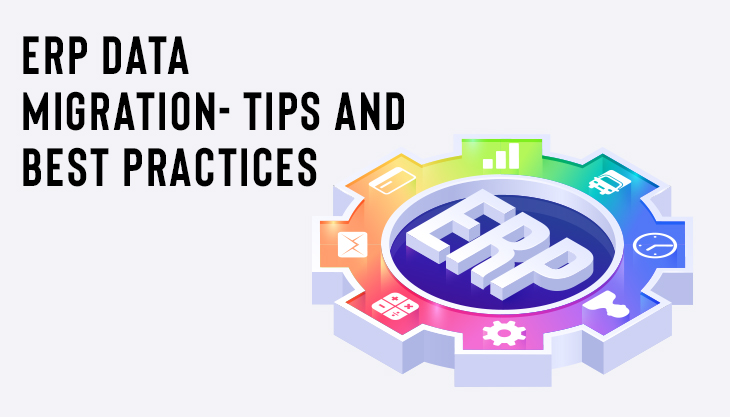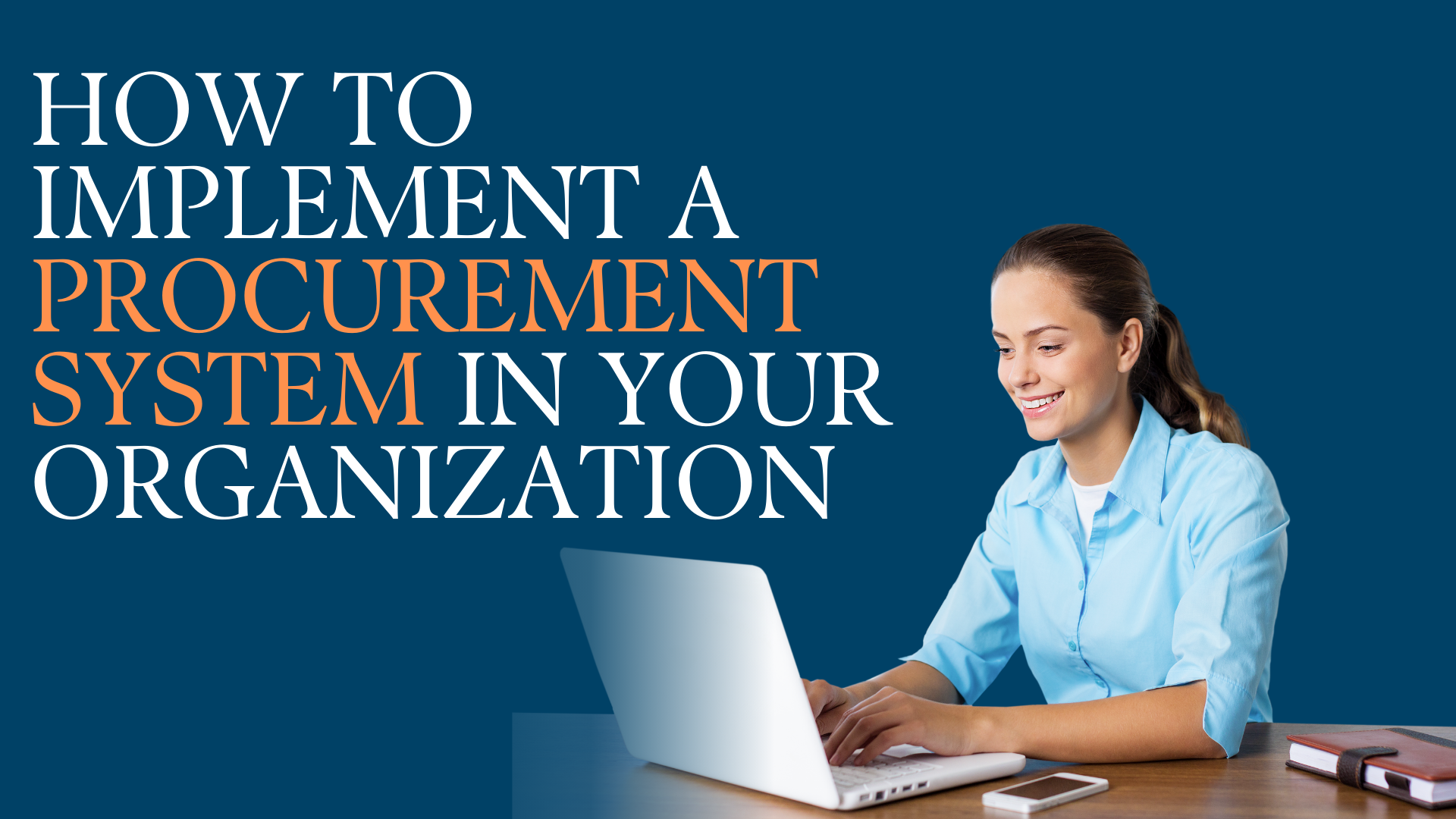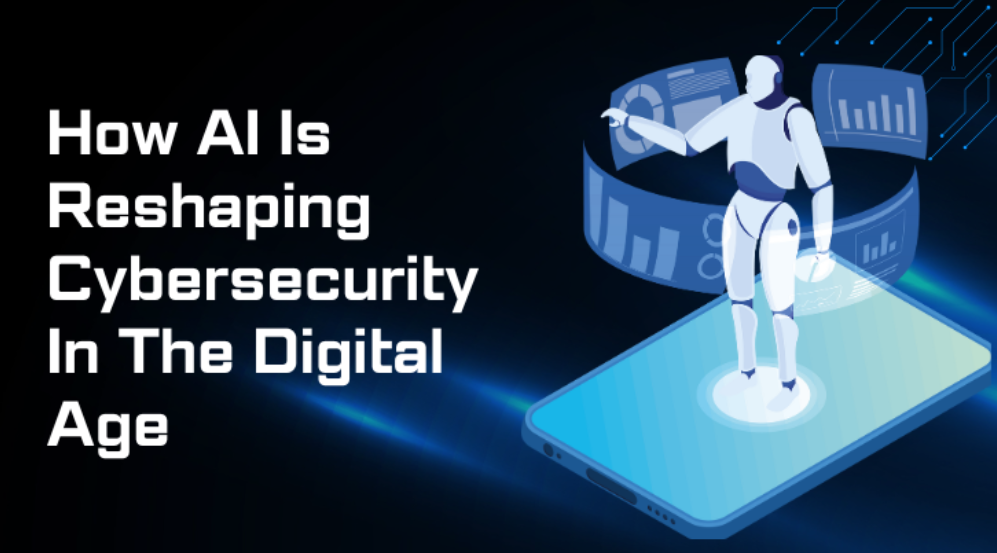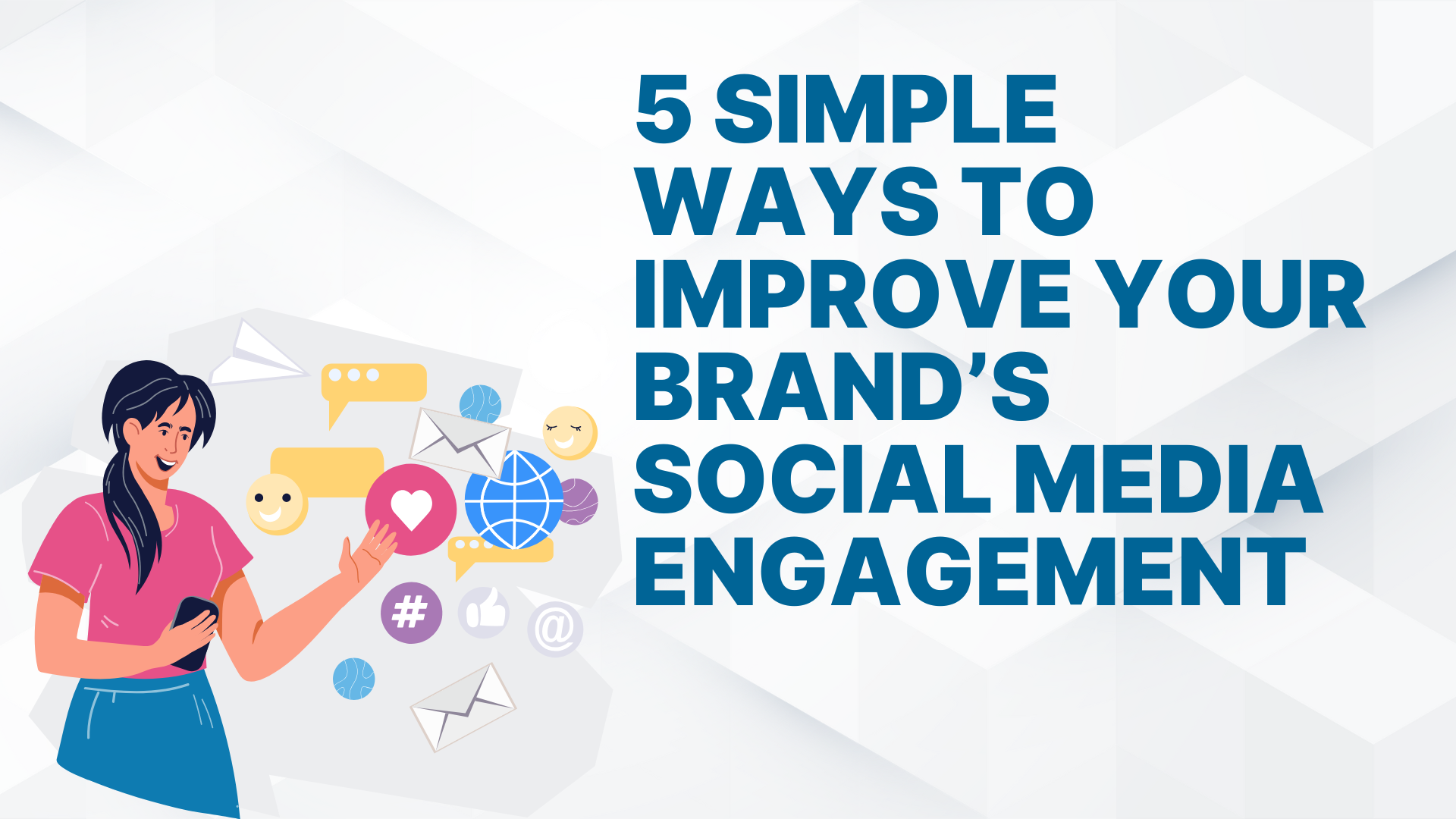Following the best practices and guidelines will increase your chances of a successful outcome by twofold:
1) Choose your migration priorities and make sure everyone is aware of them.
2) Analyze all of your old data and determine how it should be integrated with the new ERP database.
3) Don't relocate everything you have; you'll wind up with the same mess, but on a much larger scale.
4) Don't wait until the last week of your ERP project to start data migration; get started as soon as feasible.
ERP Data Migration
The process of transferring data from its sources to the ERP system's database is known as ERP data migration. It frequently entails combining data from several systems, formats, and storage kinds into a single, unified structure.
ERP Data Migration Tips
1. Assign responsibility for data cleansing tasks
Cleaning your databases of erroneous or inconsistent data is one of the most important jobs to complete before migration begins.
While many firms assign this duty to their IT department, it is not necessarily an IT-related task.
Data stewardship is the responsibility of each department's subject matter experts, making it a business role rather than an IT one.
Data owners for individual data sets should be identified so that they can take the necessary steps to cleanse their data before migration.
2. Remove duplicate information
Duplicate data can cause integrations to slow down or fail, as well as affect overall performance, data corruption, and client satisfaction.
Make sure your staff understands what constitutes redundant data and works to consolidate and delete it before migration.
3. What you don't need to migrate
Keep only data that has value regularly, that is not already saved elsewhere, that is frequently used for reference by personnel, or that must be archived for future reference.
4. Take into account industry regulations and compliance
It's a good idea to review the legislation and compliance requirements that govern your industry before you cleanse.
To avoid falling out of compliance and facing fines or litigation, special care must be taken when handling sensitive data.
5. Maintain data hygiene
Create a set of standardized rules and limitations that are simple to comprehend and implement.
After that, set up an automatic data cleansing system to scour databases for redundancies regularly.
Finally, break down departmental silos and make it a mission to keep data up to current across the board and between departments.
6. Before migrating, run some tests
Functionality, general performance, vulnerability, stress and load tests, and compatibility tests should all be included in testing protocols.
While this is time-consuming in the beginning, it ensures that rework is minimized and that the transition is considerably faster and smoother with less disturbance.
Erp Data Migration Best Practices
Enough field service providers have implemented ERP at this time that a set of best practices for data migration has formed, directing those who use these approaches to what works and what doesn't. As previously said, each migration will be unique, but the most effective will adhere to the following recommended practices:
1) Data migration should not be overlooked
Though data migration is only one facet of ERP adoption, it may be the most critical and resource-intensive. It does not function without a lot of effort and forethought. If you assume anything else, you're setting yourself up for failure. Begin the migration process as soon as possible, allocating whatever resources are required, and developing tools to standardize how data is collected and cleansed from various systems.
2) Back up the business case
More than merely populating the ERP with quality data should be the goal of data migration. Data should be more accessible, integrated, intuitive, and informative than it was previously. Consider how different business units and decision-makers will use ERP data, and then structure databases so that it provides the most value and utility to users.
3) Take data governance seriously
Before and after implementing an ERP, data governance becomes critical. Define who is responsible for what tasks, what regulations and norms must be followed, and how data security and other aspects of data governance should be handled. Plan ahead of time and in detail for how governance will work, but be flexible enough to make changes as needed. The ERP, as well as the firm that uses it, evolves data governance.
4) Quality above quantity is the way to go
Attempting to migrate every single item of data from an old system, including data that has no function, may cause the conversion to take longer than it should. To be sure, it's always better to err on the side of quality. First, migrate the data that decision-makers will require on the first day. Historical data may arrive later, and migration may not be required at all. Instead of attempting to duplicate one system into another, use migration as an opportunity to refine data.
5) Support for data migration in Techasoft
For any customer embarking on the ERP path, Techasoft recognises the necessity of data quality. To help, Techasoft provides customers with baseline CSV import templates of the key NetSuite field service platform records. These templates give customers a place to start when creating the custom imports they need for their business. NextService, like NetSuite and field service professionals, advises customers on how to use the NetSuite data import capability, as well as best practices in data management and structure, including how to test the import process and the resulting data quality.

















Post Comments